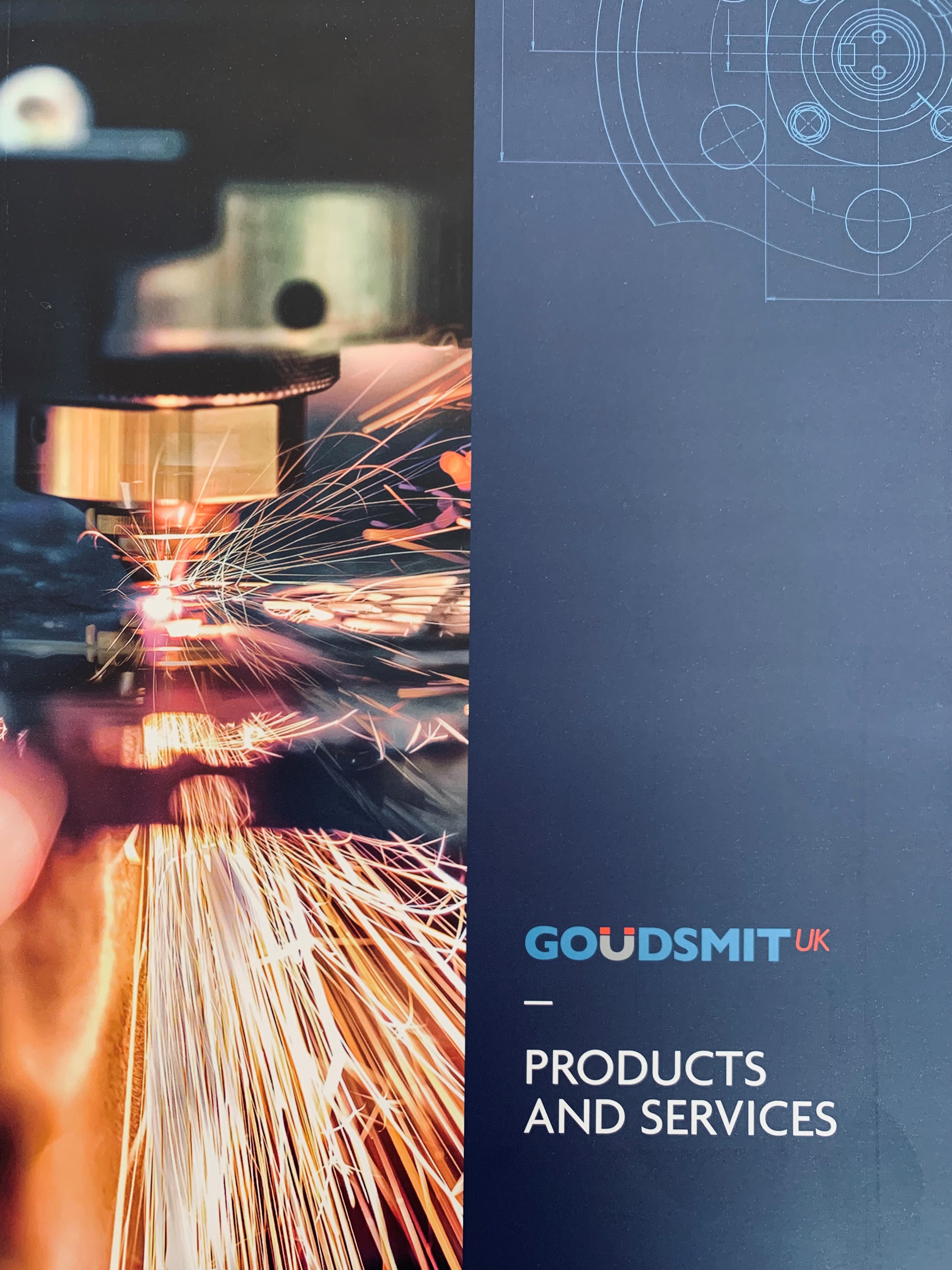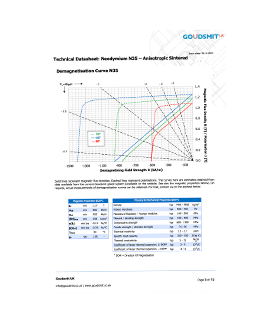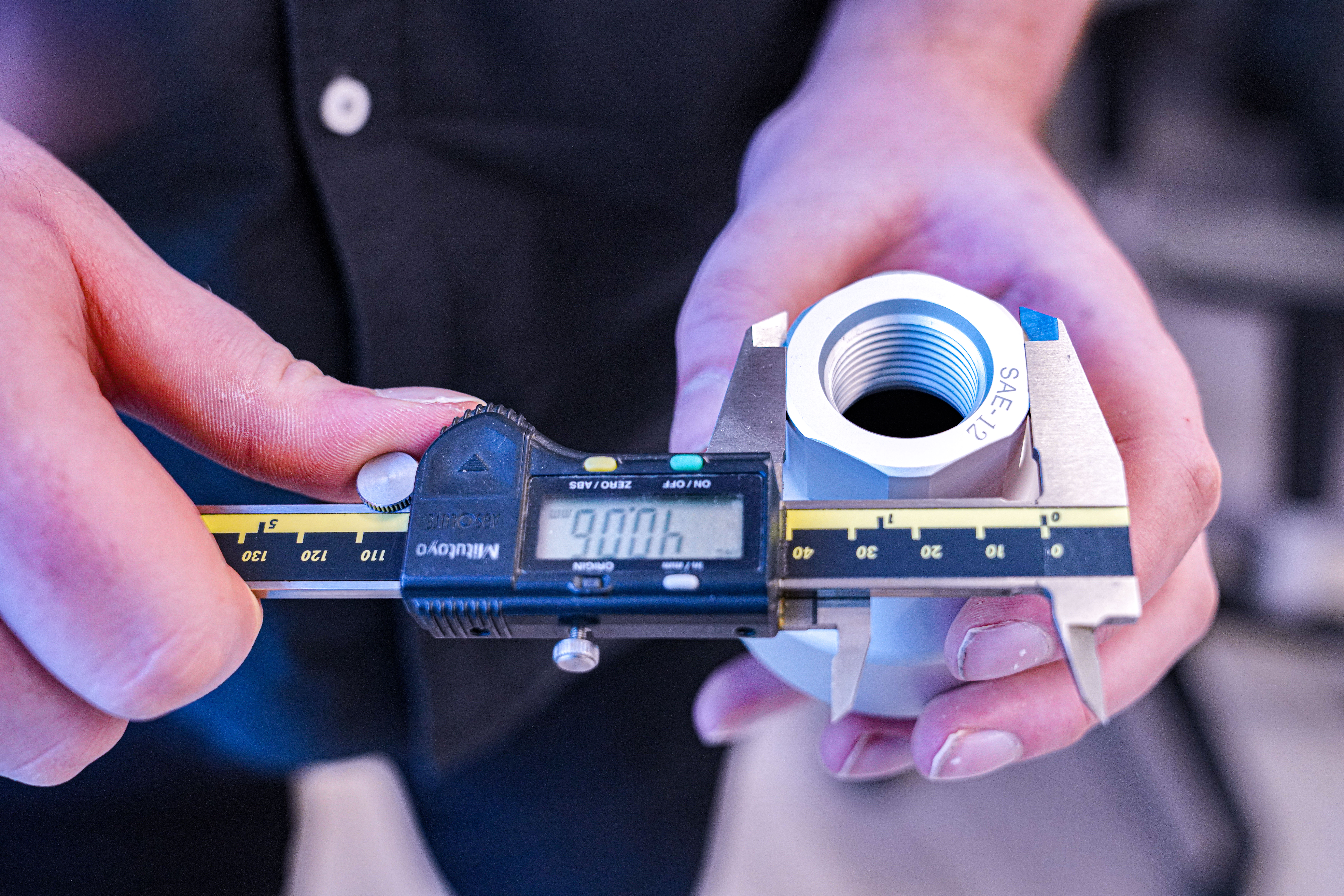Ferrite magnets, also known as ceramic magnets, are widely used in many applications due to their low cost and good magnetic properties. These magnets are made from a combination of iron oxide and either barium or strontium carbonate. Ferrite magnets offer high resistance to demagnetisation and are used in many applications including speakers, motors, and various industrial uses.
GUK Magnetics offer a wide variety of ferrite magnets in different shapes, sizes, and grades to meet your specific needs. Our ferrite magnets are available in various forms, including blocks, discs, rings, and cylinders. We use only high-quality materials and advanced manufacturing processes to ensure that our magnets have consistent performance and reliability.
Our team of experts can help you select the right ferrite magnet for your application and provide technical support to ensure that you get the most out of your magnets. Whether you need magnets for automotive, medical, or any other application, we have the expertise and experience to meet your needs.
When you partner with GUK Magnetics as your magnet supplier, you can expect:
Ferrite are known for their low cost, good magnetic strength, and high resistance to corrosion. Like all magnets, they have advantages and disadvantages that should be considered when selecting them for use in various applications. Here are some of the advantages and disadvantages of ferrite magnets:
Advantages:
Low cost: Ferrite magnets are the most cost-effective permanent magnet option available.
Good magnetic strength: These magnets have good magnetic strength and are suitable for many common applications.
High resistance to corrosion: Ferrite magnets are highly resistant to corrosion and do not require coating or plating.
Wide range of shapes and sizes: Ferrite magnets can be made in a wide range of shapes and sizes to fit various applications.
Disadvantages:
Brittle: They are brittle and can easily crack or break if dropped or subjected to impact.
Low-temperature stability: Ferrite magnets have relatively poor temperature stability and can lose their magnetic strength at temperatures above 200°C.
Poor resistance to demagnetisation: They have poor resistance to demagnetisation, meaning they can lose their magnetic strength over time.
Limited magnetic strength: Ferrite magnets have lower magnetic strength compared to other magnets, such as neodymium magnets.
Ferrite magnets, crafted from iron oxides, are renowned for their exceptional resistance to corrosion, even when submerged in water—including saltwater—or exposed to moisture. Their robustness extends to solvents, weak acids, lubricants, salts, and gasses. This corrosion-resistance, combined with their durability, makes Ferrite magnets a preferred choice across a wealth of applications. Their intrinsic longevity often surpasses the lifecycle of the applications they're integrated into.
While their inherent corrosion-resistance often negates the need for additional coatings, specialised scenarios like medical instruments may necessitate a coating to encapsulate any potential magnet dust. Beyond functional reasons, coatings can also be employed to enhance the magnet's aesthetic appeal, masking its natural dark-grey hue. Typical coatings include rubber and polytetrafluoroethylene (PTFE, colloquially known as Teflon, and Ni-Cu-Ni complemented with epoxy). Trust in Goudsmit UK's Ferrite magnets for both performance and aesthetics.


| Grade | Equivalent | Remanence | Coercivity | Max Energy Product | Max Working Temp. | |||||
|---|---|---|---|---|---|---|---|---|---|---|
| Br | Hcb | Hcj | (BH)max | Twmax | ||||||
| mT | KGs | kA/m | kOe | KA/m | kOe | kj/m³ | MGOe | °C | ||
| XM10T | Y10T | 200-235 | 2.0-2.35 | 128-160 | 1.61-2.01 | 210-280 | 2.64-3.52 | 6.4-9.6 | 0.8-1.2 | 250 |
| XM25 | Y25 | 360-400 | 3.6-4.0 | 135-170 | 1.70-2.14 | 140-200 | 1.76-2.51 | 22.5-28.0 | 2.8-3.5 | |
| XM30BH | Y30BH | 380-400 | 3.8-4.0 | 223-235 | 2.80-2.95 | 231-245 | 2.90-3.08 | 27.0-30.0 | 3.4-3.8 | |
| XM20H-1 | Y30h-1 | 380-400 | 3.8-4.0 | 230-275 | 2.89-3.46 | 235-290 | 2.95-3.64 | 27.0-32.5 | 3.4-4.1 | |
| XM30H-2 | Y30H-2 | 395-415 | 3.95-4.15 | 275-300 | 3.46-3.77 | 310-335 | 3.90-4.21 | 27.0-32.0 | 3.4-4.0 | |
| XM33 | Y33 | 410-430 | 4.1-4.3 | 220-250 | 2.76-3.14 | 225-255 | 2.83-3.20 | 31.5-35.0 | 4.0-4.4 | |
| XM33H | Y33H | 410-430 | 4.1-4.3 | 250-270 | 3.14-3.39 | 250-275 | 3.14-3.46 | 31.5-35.0 | 4.0-4.4 | |
| XM35 | Y35 | 400-440 | 4.0-4.4 | 176-224 | 2.22-2.8 | 180-230 | 2.26-2.89 | 30.3-33.4 | 3.8-4.2 | |
| XM4350 | 420-440 | 4.2-4.4 | 294-326 | 3.7-4.1 | 386-410 | 4.85-5.15 | 33.4-36.6 | 4.2-4.6 | ||
| XM4545 | 440-460 | 4.4-4.6 | 318-350 | 4.0-4.4 | 347-370 | 4.35-4.65 | 36.6-39.8 | 4.6-5.0 | ||
| XM4636 | 450-470 | 4.5-4.7 | 255-279 | 3.2-3.5 | 275-299 | 3.45-3.75 | 38.3-41.5 | 4.8-5.2 | ||
| XM4654 | TDK FB12H | 450-470 | 4.5-4.7 | 330-360 | 4.15-4.45 | 415-445 | 5.25-5.55 | 39.8-43.0 | 5.0-5.4 | |
| XM4748 | TDK FB12B | 460-480 | 4.6-4.8 | 328-352 | 4.15-4.4 | 368-392 | 4.65-4.95 | 41.5-44.7 | 5.2-5.6 | |
| Item | Grade | Remanence | Coercivity | Max Energy Product | Max Working Temp. | Density | |||||
|---|---|---|---|---|---|---|---|---|---|---|---|
| Br | Hcb | Hcj | (BH)max | Twmax | P | ||||||
| mT | KGs | kA/m | kOe | KA/m | kOe | kj/m³ | MGOe | °C | g/cm³ | ||
| Injection Moulding Ferrite Magnet | KBI-F1.5 | 0.22-0.24 | 2.2-2.4 | 160-467 | 2.00-2.10 | 231-240 | 2.90-3.00 | 11.6-12.4 | 1.45-1.55 | ≤120 | 3.25 |
| KBI-F1.9 | 0.27-0.29 | 2.7-2.9 | 180-186 | 2.25-2.33 | 216-228 | 2.70-2.85 | 14.8-15.6 | 1.85-1.95 | ≤120 | 3.63 | |
| KBI-F2.0 | 0.28-0.29 | 2.8-2.9 | 184-200 | 2.30-2.50 | 216-246 | 2.70-3.10 | 15.6-16.4 | 1.95-2.05 | ≤120 | 3.7 | |
| KBI-F2.1 | 0.28-0.29 | 2.8-2.9 | 190-204 | 2.38-2.55 | 224-249 | 2.80-3.12 | 16.4-17.2 | 2.05-2.15 | ≤120 | 3.75 | |
| KBI—F1.7 (PPS) | 0.25-0.26 | 2.5-2.6 | 167-175 | 2.10-2.20 | 208-216 | 2.60-2.70 | 13.6-14.0 | 1.70-1.75 | ≤160 | 3.55 | |

Give us a call
+44 (0) 2890 271 001Send us an email
info@gukmagnetics.co.uk